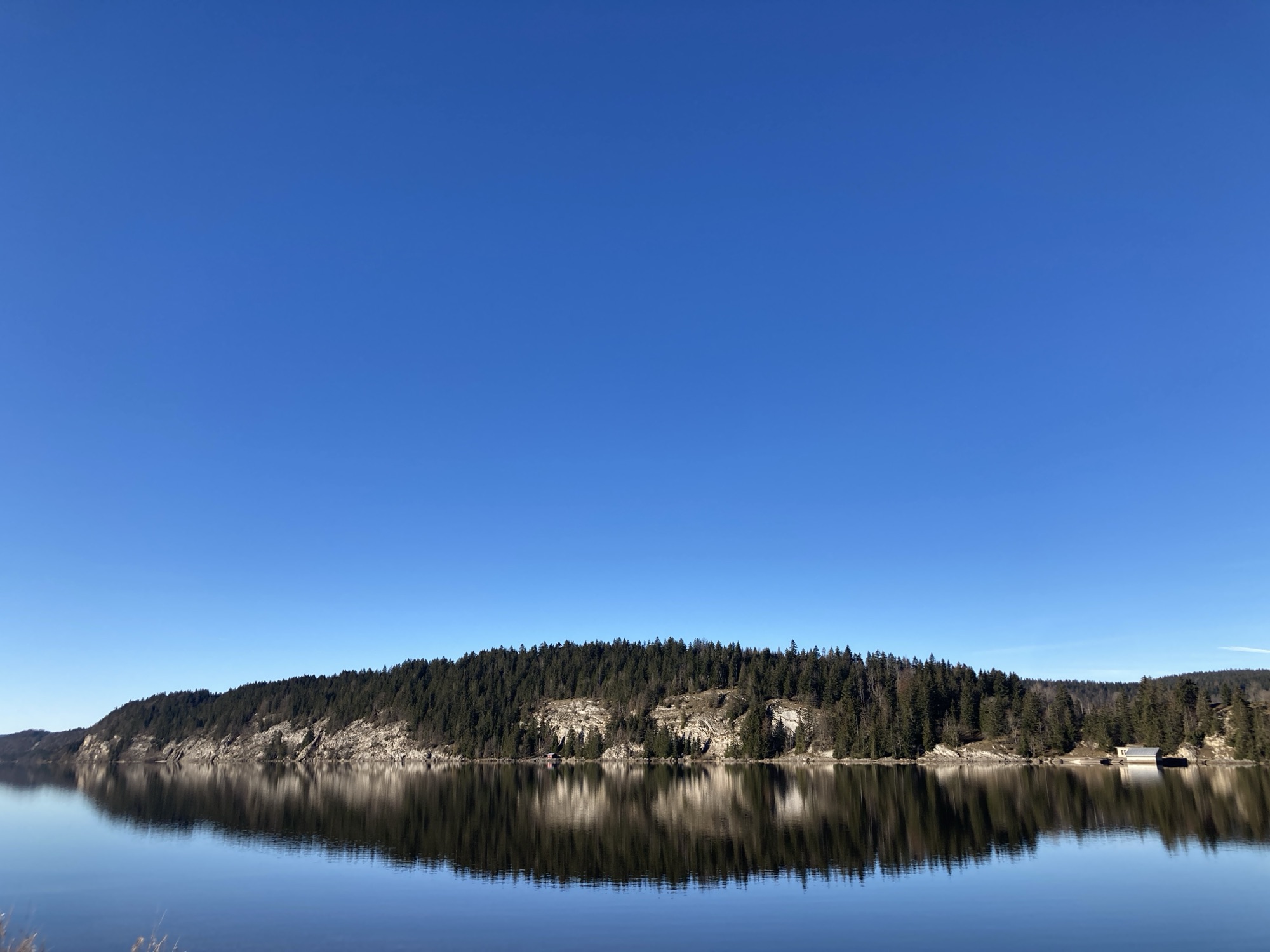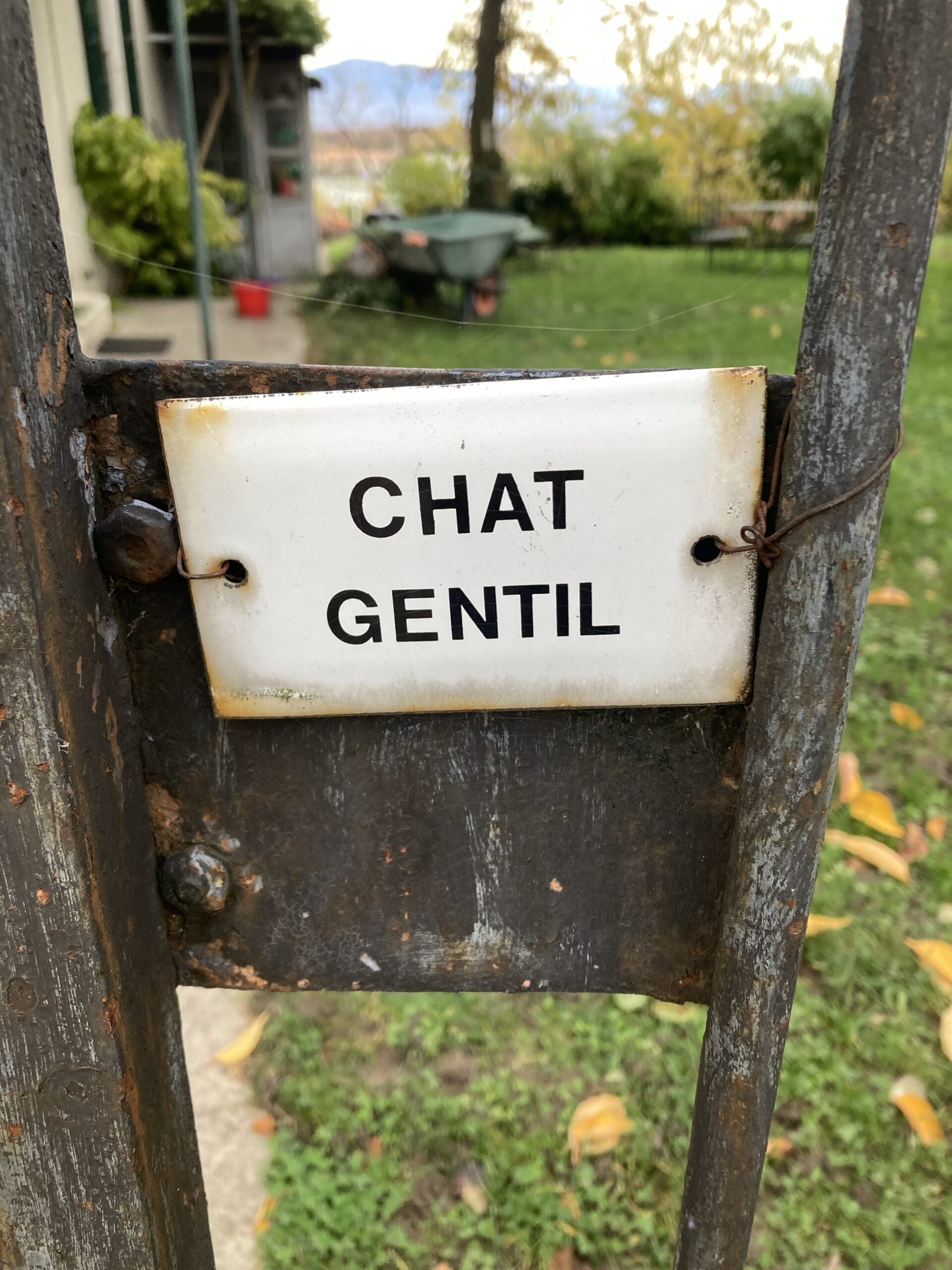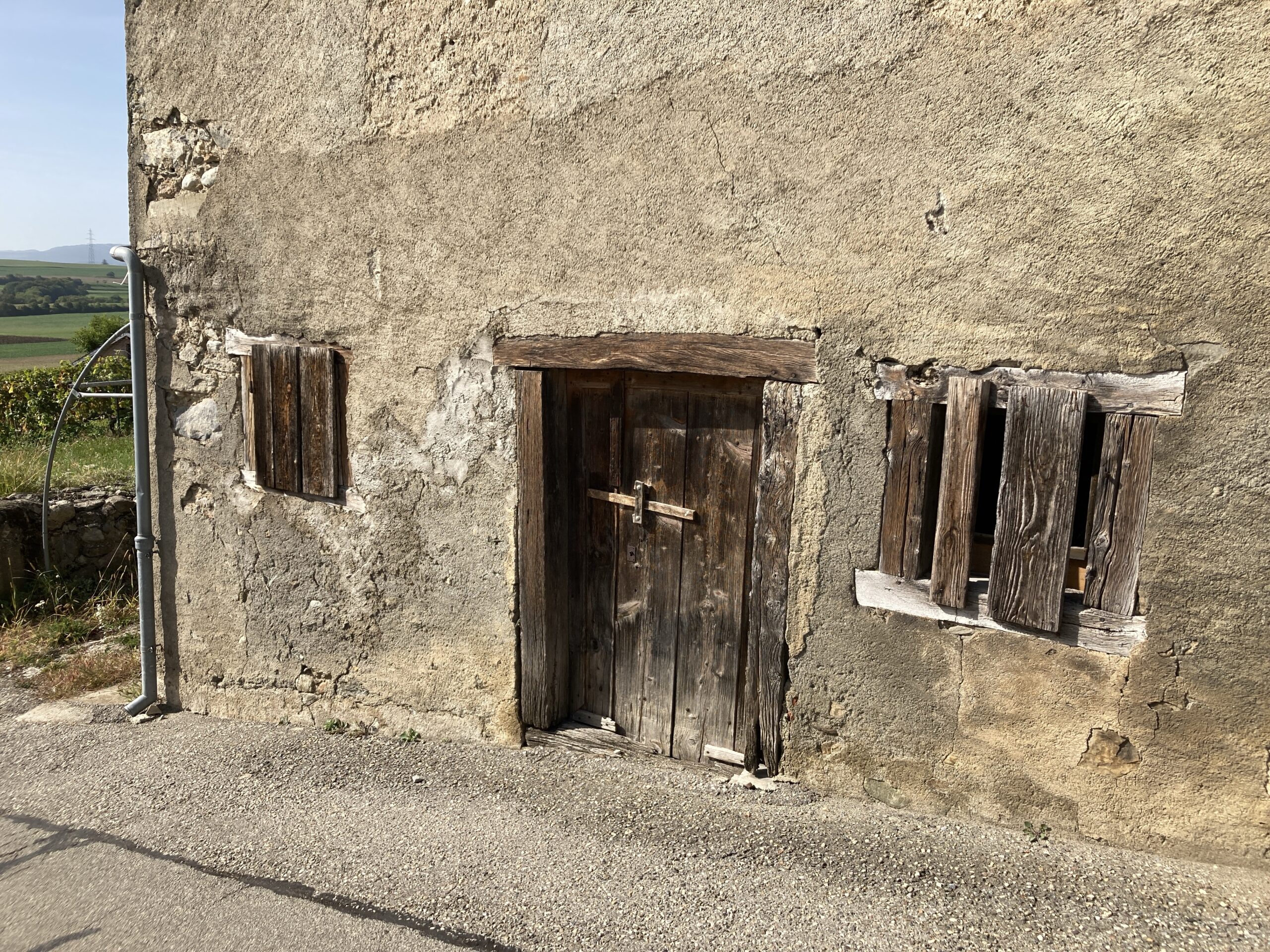Tag: photography
-

Installing Immich Alongside Photoprism
Reading Time: 5 minutesLast night I installed Immich on an HP laptop with ease. The issue I came up against is that laptops sleep and hibernate after a few minutes unless you are actively using them. This means that you need to use them whilst files are being transferred if you do not want tasks…
-
A Walk by the Vallée De Joux
Reading Time: < 1 minuteEvery so often I get in a car to walk somewhere different. For two or three days we have been in the fog. Yesterday the fog was so thick that when I was driving I decided to slow down. I wanted to be able to stop in half the visible distance.…
-
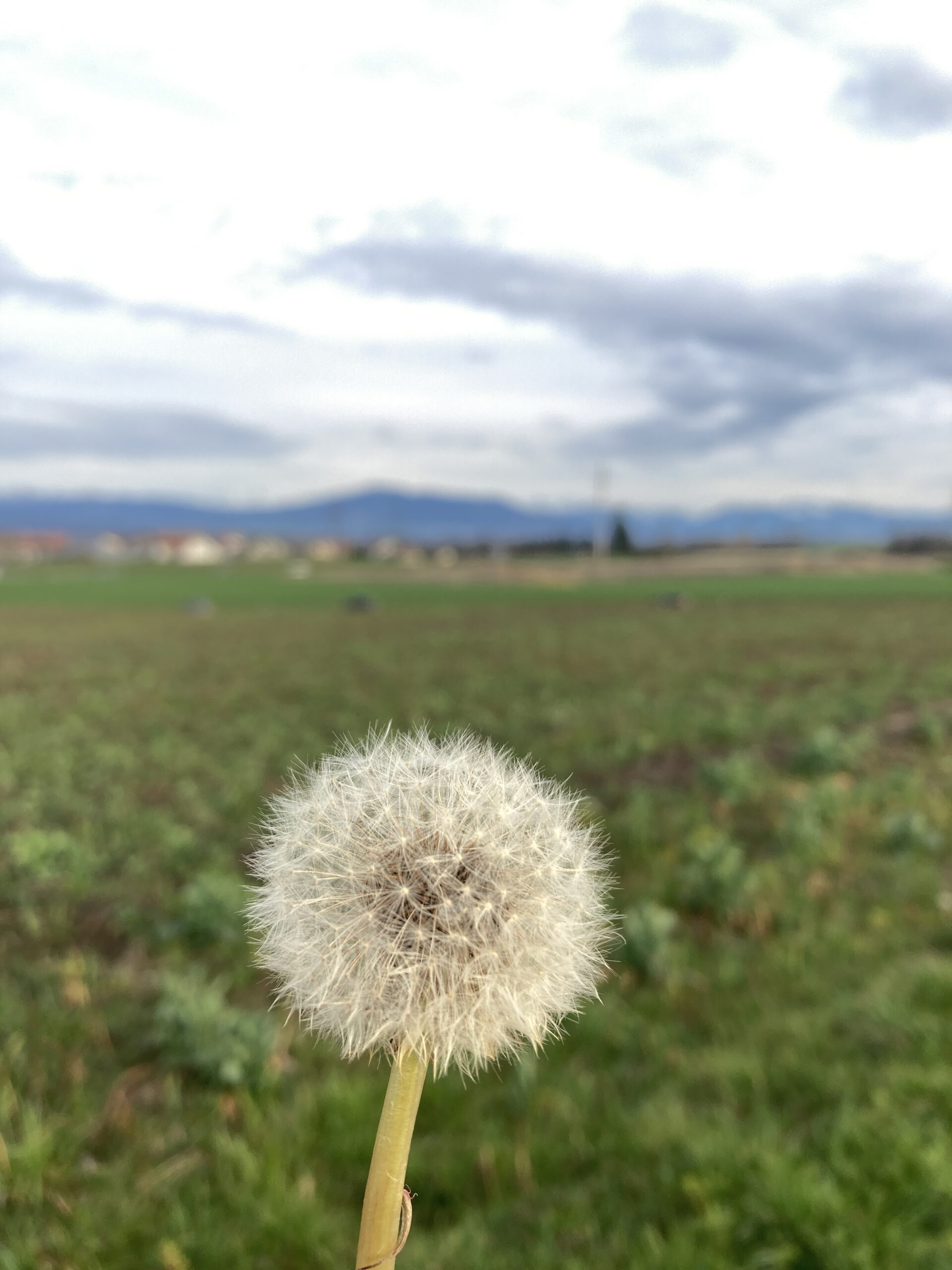
-

-

-
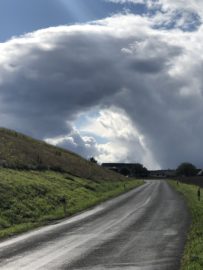
A Cloudy Sky
Reading Time: 2 minutesToday as I walked from one village to another I looked up the hill and I saw a cloud arch framing a nearby village and I had to take a picture. The framing of the image was rather unique. It is below. Is it kitsch? There is a good chance. It was…
